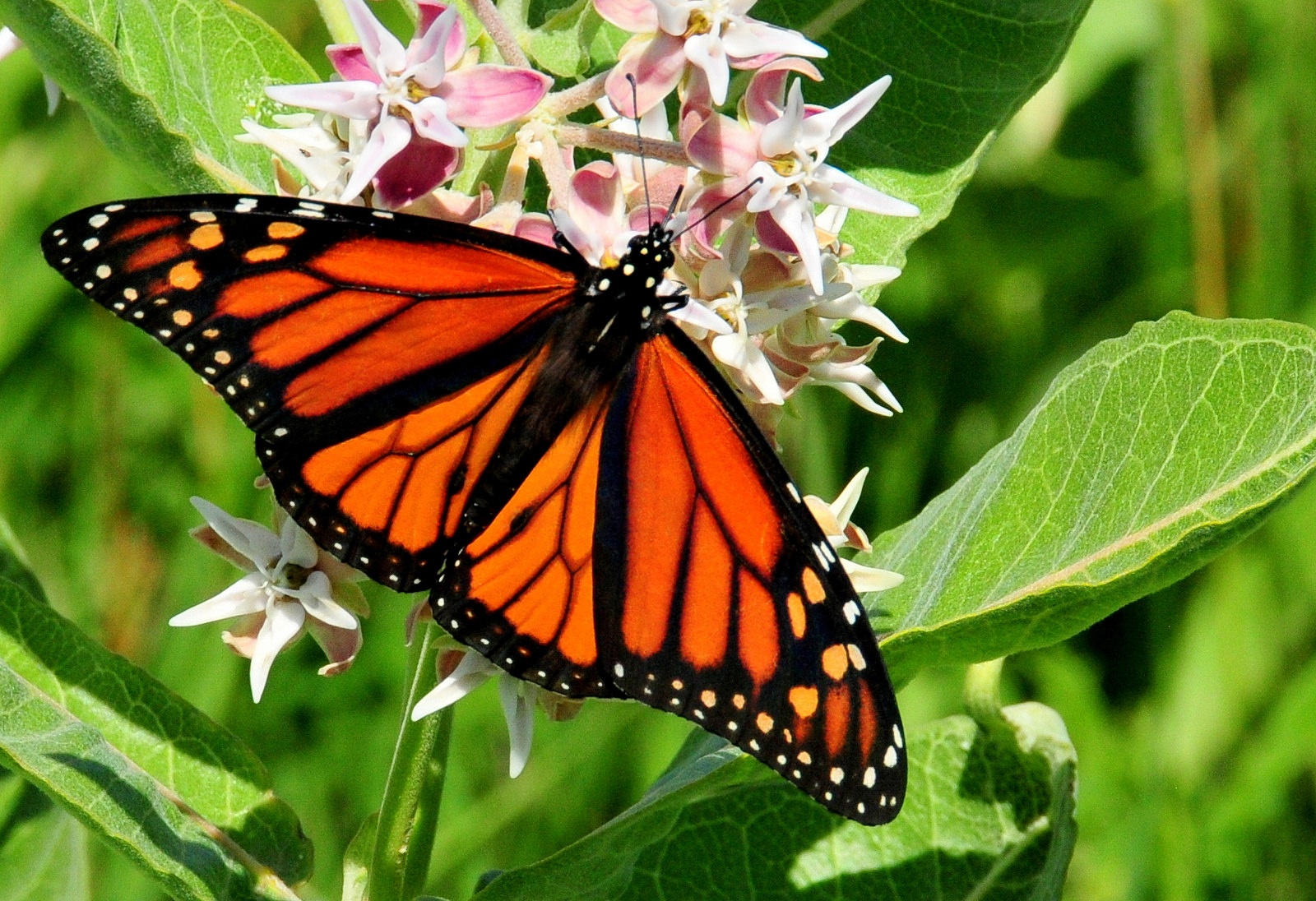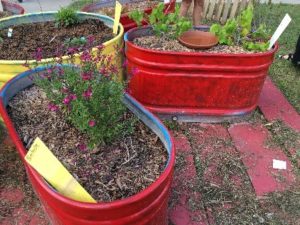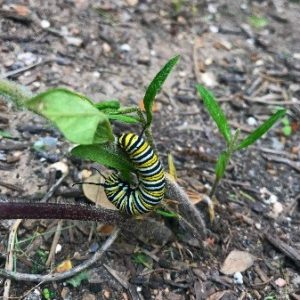We have much more to do and your continued support is needed now more than ever.
Schoolyard Habitats Provide Resiliency in Houston Independent School District

In late August 2017, Houston, Texas experienced one of its most extreme natural disasters on record: Hurricane Harvey. The hurricane brought record rainfall and flooding to Houston, resulting in devastating damage to the city’s communities and schools.
Four schools in Houston were shut down due to the flooding brought on by Hurricane Harvey, and will require reconstruction. One of these schools, Mitchell Elementary, was involved in National Wildlife Federation’s Monarch Heroes Program. Although they are unable to rebuild their gardens this year, they look forward to rejoining the program soon. Lead teacher Nahdra Curry said “We won’t be back at our old campus until 2020. Until then, we are getting a new school. I definitely would like to start a new garden when we get there.”

For schools able to rebuild, Janice Brown, National Wildlife Federation’s Education Outreach Coordinator for Houston Independent School District, is working diligently on site to assist them through this hard time and keep the program going strong.
National Wildlife Federation’s Schoolyard Habitats Program has been helping the district’s schools develop wildlife habitats on school grounds since 2002. These habitats serve as outdoor classrooms that benefit local wildlife and provide valuable hands-on learning opportunities for students. Following this disaster, National Wildlife Federation is working harder than ever to help these schools in Houston create, maintain, and restore Schoolyard Habitats.
“It would have been easy to get discouraged about the monarch habitats in the wake of the hurricane, but despite the setbacks, most of our Houston Monarch Heroes schools have created new gardens either in the fall or are rebuilding and revitalizing their gardens this spring,” said Janice. She noted that the wild weather this year has presented many challenges, but the schools have shown remarkable resilience. The students and wildlife – especially the migratory monarch butterflies – will benefit from the positivity and perseverance symbolized by their work in the gardens.

Longfellow Elementary recently certified their garden as a Schoolyard Habitat through Monarch Heroes. Jennifer Howell, lead program teacher at Longfellow Elementary, shared how their gardens have served a role in recuperation for students and wildlife.
“The butterfly garden has been an immense help to our Longfellow family as we find our new normal. The metaphor of spring rebirth is not lost on us as we watch plants spring from seeds and roots. It encourages us to teach outside. The kids are practicing looking at details and finding beauty in the world around them. And they are enjoying the sense of ownership as they watch the fruits of their labor flourish.”
By creating Schoolyard Habitats through National Wildlife Federation’s Monarch Heroes Program, children, teachers, and community members are coming together to encourage conservation. These gardens promote biodiversity and native species, provide food, water, and shelter for wildlife, and support pollinators – like the monarch butterfly. They also act like natural sponges to absorb rainwater and may help mitigate future flooding. These on-the-ground efforts

provide students with a sense of history and place, as well as guide them in the importance of sustainable practices from an early age.
These Schoolyard Habitats also cultivate an appreciation for nature that will provide lifelong benefits for the environment, wildlife, and students’ future.
Learn more about Schoolyard Habitats and how you can impact your classroom, school, or community.
Learn More





















